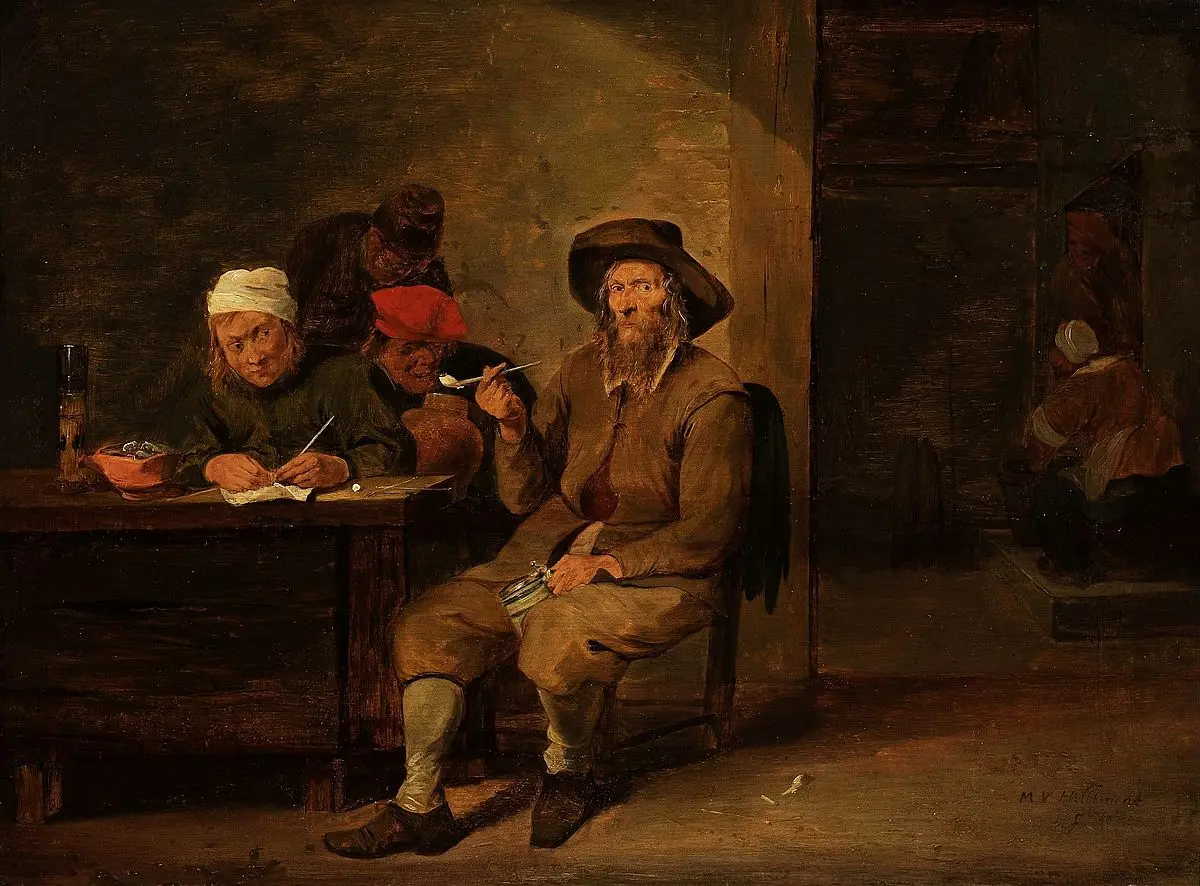Tobacco smoking has been a part of human history for centuries, but when exactly did it first begin? The use of tobacco can be traced back to ancient times, with evidence of tobacco leaves and smoking pipes found in archaeological sites dating back thousands of years. However, the exact origins of tobacco smoking are still a subject of debate among researchers.
Introduction of Tobacco to England
Tobacco was introduced to England in the 16th century, during the Age of Exploration. It was brought back to Europe by explorers and sailors who encountered indigenous populations in the Americas, where tobacco was widely used for ceremonial and medicinal purposes.
By the 17th century, tobacco smoking had become commonplace in England and was no longer limited to sailors and adventurers. It gained popularity among the general population, and smoking tobacco became a symbol of sophistication and worldliness.
Early Health Warnings
Despite the widespread use of tobacco, there were early warnings about its potential health risks. As early as 1603, scholars and physicians began to express concerns about the excessive use of tobacco. In the 18th century, doctors in Europe and America noted the link between chronic pipe smoking and the development of mouth and nose cancers. Animal experiments in the 19th century also demonstrated the toxic nature of nicotine.
However, it wasn't until the mid-20th century that the full extent of the health risks associated with tobacco smoking became widely known. A series of influential studies in the 1950s linked smoking to lung cancer and other serious diseases, sparking public awareness campaigns and efforts to regulate tobacco use.
Research into Tobacco Use
Researchers at the University of Leicester are conducting a research project called tobacco, health, and history to explore the historical and cultural factors that contributed to the widespread use of tobacco. Led by Dr Sarah Inskip, the project uses an interdisciplinary approach, combining archaeology, chemistry, sociology, and history.
The research team is studying ancient human remains and artifacts to understand how tobacco use spread across different cultures and how it affected human health over time. They are using innovative techniques, such as biochemical analysis of bones, to detect the presence of tobacco use in ancient populations.

This research aims to shed light on how tobacco became one of the first global commodities and why it continues to be a significant public health concern today. By understanding the historical context of tobacco use, researchers hope to inform strategies for managing emerging substances that may pose similar risks to public health.

Tobacco smoking has a long and complex history, with its origins dating back centuries. The introduction of tobacco to England in the 16th century marked the beginning of its widespread use in Western European cultures. Despite early warnings about its health risks, tobacco smoking became increasingly popular and remained a global habit.
Through interdisciplinary research, scientists are uncovering the historical and cultural factors that contributed to the rise of tobacco use and its impact on human health. By understanding the past, we can better address the challenges posed by tobacco and other substances that may have detrimental effects on public health.
If you want to know other articles similar to When was tobacco first smoked? origins & impact explored you can visit the History category.


Related Articles